In this article:
- Soil Selection
- Irrigation & Drainage
- Aeration
- Root Management
- Support Above & Below Ground
- Ongoing Maintenance
After selecting the right location, species, layout, and planting medium for your urban tree pit design, it’s time to focus on the critical finishing elements that will determine its long-term success.
Soil selection, maintenance planning, irrigation, aeration, and root management are essential components of successful urban forestry. While these considerations might come last in the design process, they play a decisive role in whether your trees reach full potential.
It’s important to note, though, that these final steps, however well-executed, cannot compensate for fundamental oversights in the initial planning stages. Even the most sophisticated irrigation system won’t save an inappropriate tree species planted in compacted soil beneath a building overhang. The foundation must be solid—as detailed in Parts One and Two of this series.
We encourage you to review the previous sections of this blog series, which provide detailed insights into the critical early decisions that set the stage for successful urban forestry.
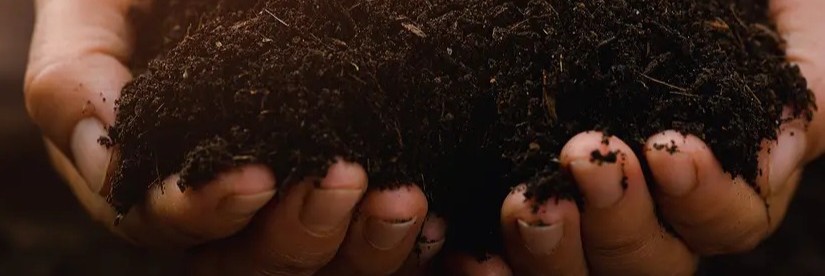
SOIL SELECTION
Soil is of paramount importance for healthy trees, as it provides the essential nutrients, support, and environmental conditions necessary for their growth and well-being.
Quality, healthy soil is a vital and often overlooked part of tree planting. Urban tree health is inextricably linked to the soil the roots are growing in. GreenBlue Urban has made a study of this subject and concluded that the ideal soil is one which mirrors, as closely as possible, ‘forest floor’ soil makeup and conditions.
The Science Behind Healthy Soil
Our studies have led us to excavations in natural forests as well as urban tree planting sites, seeking out the most favorable rooting conditions and their common characteristics. This has revealed that uncompacted, free-draining, fertile loam soil is the most root-friendly substance on the planet.
Quality soil has a carefully controlled balance of clay, silt, and sand levels. In the main, this is the composition of healthy soil:
- Silt: 5-20%
- Sand: 55-70%
- Organic Matter: 3-8%
- Clay: 5-15%
- Debris: >5%
- Stone: >5%
Compaction: A Threat to Trees
Compacted ground and soil conditions are one of the main reasons for the demise of urban trees, hence the necessity for good quality, uncompacted soil. Compacting soil eliminates its micro and macro pores, so that gas and ion exchange and microbiological activity are severely limited. This also limits water movement, leading to waterlogged and anaerobic soil that cannot provide needed nutrients and restricts root growth.
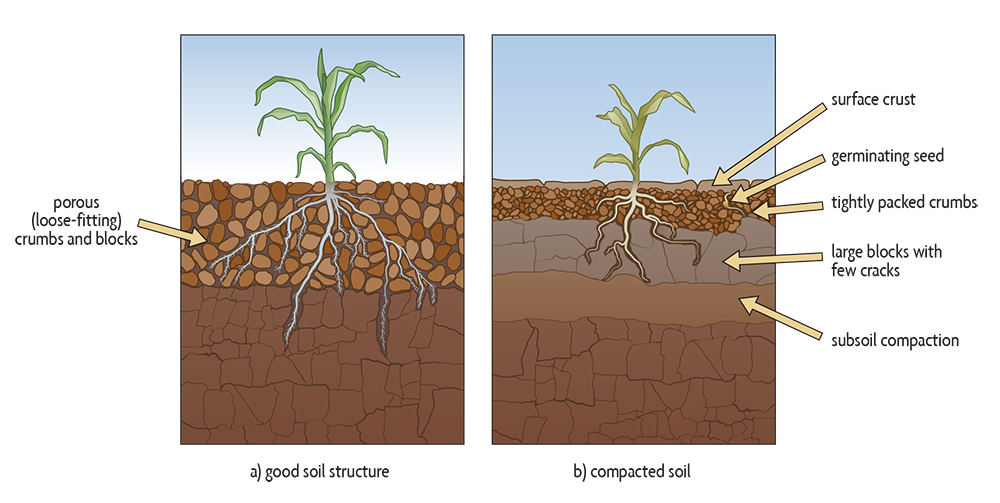
At GreenBlue Urban, our recommendation will always be to provide tree roots with the substance nature intended – actual good quality uncompacted topsoil – trees have been successfully growing in this for thousands of years.
Soil Cells: Modern Solutions for Urban Constraints
Soil cells allow us to put uncompacted soil under pavement, as the structure of the cell, rather than the compaction of the soil, can support the pavement, thus providing all the benefits of uncompacted soil without sacrificing grey infrastructure space.
View Soil Cell Case Studies Here.
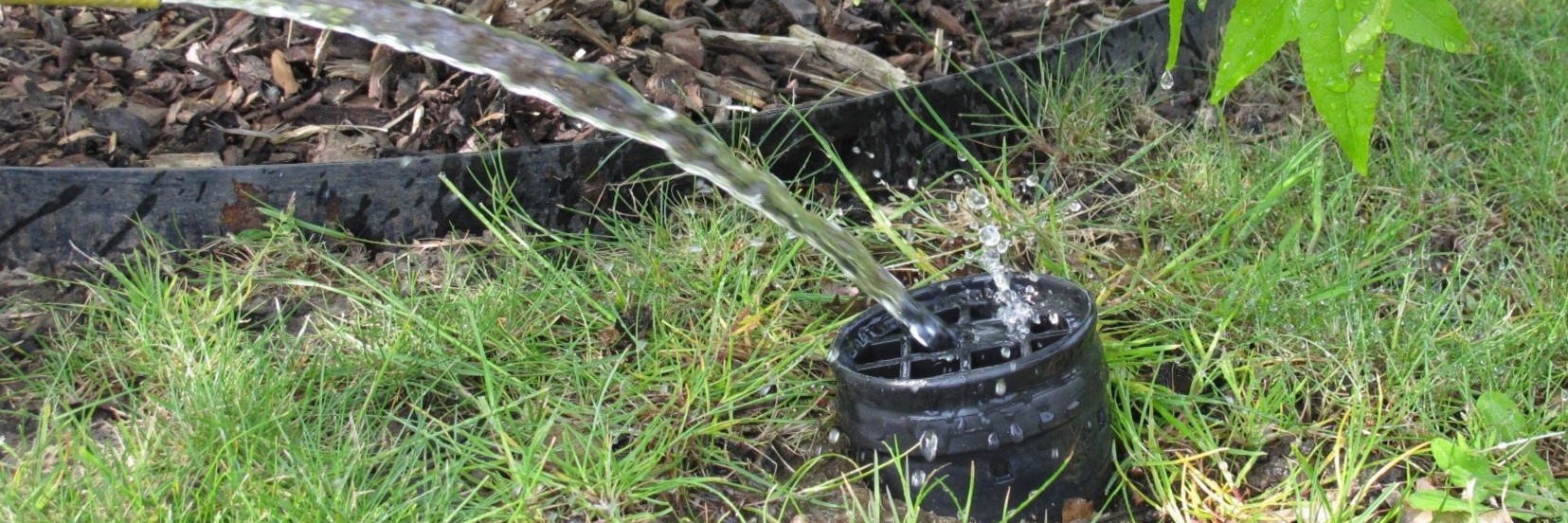
IRRIGATION & DRAINAGE
Lack of water and nutrients are the primary killers of newly planted trees. Establishing an efficient irrigation system is critical, particularly during the first three years after planting.
The Critical Role of Proactive Irrigation
Drought stress plays a major role in urban tree mortality. Water supports not only the biochemical processes essential for growth, photosynthesis, and respiration, but also provides mechanical support to leaf and stem tissue. Insufficient watering leads to loss of leaf turgor, reduced shoot extension, and eventually stunted growth and tree mortality.
Research shows that “proactive” irrigation—implementing a regular watering schedule—produces over three times the root mass compared to “reactive” approaches. Waiting until a tree shows visible drought stress before watering may keep it alive temporarily but often results in stem dieback and long-term structural defects.
Irrigation Methods: Not All Are Created Equal
The irrigation method is equally as important as frequency. Roots naturally grow toward water sources, so surface irrigation from bubblers, sprinklers, or water bags near the tree base encourages shallow root development, which can lead to pavement damage as trees mature.
Using a deeper irrigation method trains roots downward, away from other infrastructure, and delivers water directly to the root zone of the tree.
Addressing Drainage Issues Early
Conversely, poor drainage can be just as deadly as drought. Water-logged tree pits become anaerobic, quickly killing roots and eventually the entire tree. Address potential drainage issues early in your project planning. Depending on the infiltration rate of the native soil, soil cells systems may require an underdrain system to prevent standing water in the base.
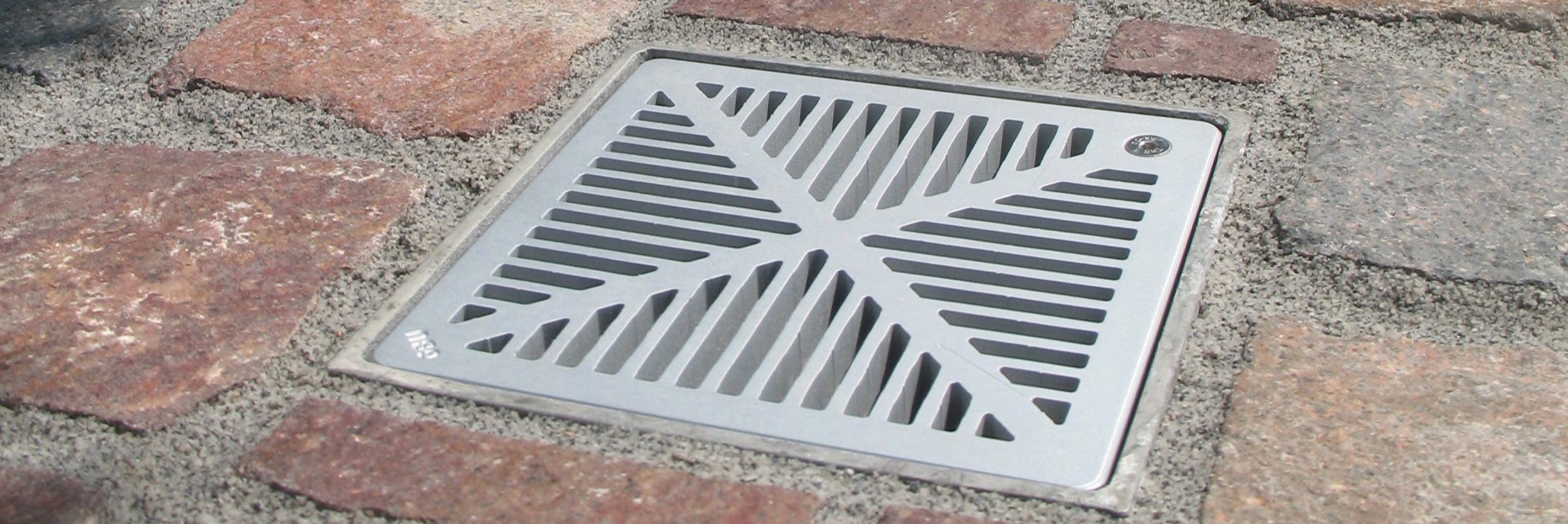
AERATION
Less widely known but none the less important, soil and roots need air to live and ‘breathe’. If the root plate of the tree is covered with impervious paving, vital gas exchanges in the root zone cannot take place, leading to anaerobic soil. Unless trees are planted in an area open to the air, an appropriate tree pit design should include a means of supplying air below ground.
Aeration Solutions for Paved Areas
Aeration vents can be incorporated into the pavement to direct air flow into a soil cell system below. Some soil cells, like RootSpace Airform, also have lids that allow air to move back and forth across the top of the system.
The interconnected nature of proper soil, irrigation, and aeration cannot be overstated. While each system plays a vital role independently, the combination of them creates an optimal environment for tree success.

ROOT MANAGEMENT
Roots will always take the path of least resistance. While mature roots can exert significant force, they can be effectively managed from the start through proper design practices.
Preventing Infrastructure Damage
Managing root growth is essential for protecting infrastructure, but it’s important to recognize that pavement damage is typically not a root problem, it’s a tree pit design problem. When roots have adequate nutrients, air, and water below ground level, they have little reason to grow near the surface where they might disrupt nearby infrastructure.
Two effective strategies for directing root growth downward include:
- Using deep irrigation, which encourages deeper root development
- Installing ribbed root barriers, which guide roots toward deeper soil layers
Root barrier specifications to consider:
- Minimum depth: 300 mm
- Material: High-density polyethylene with vertical ribs
For more detailed information on design choices that can prevent costly infrastructure damage, check out our blog on root management.
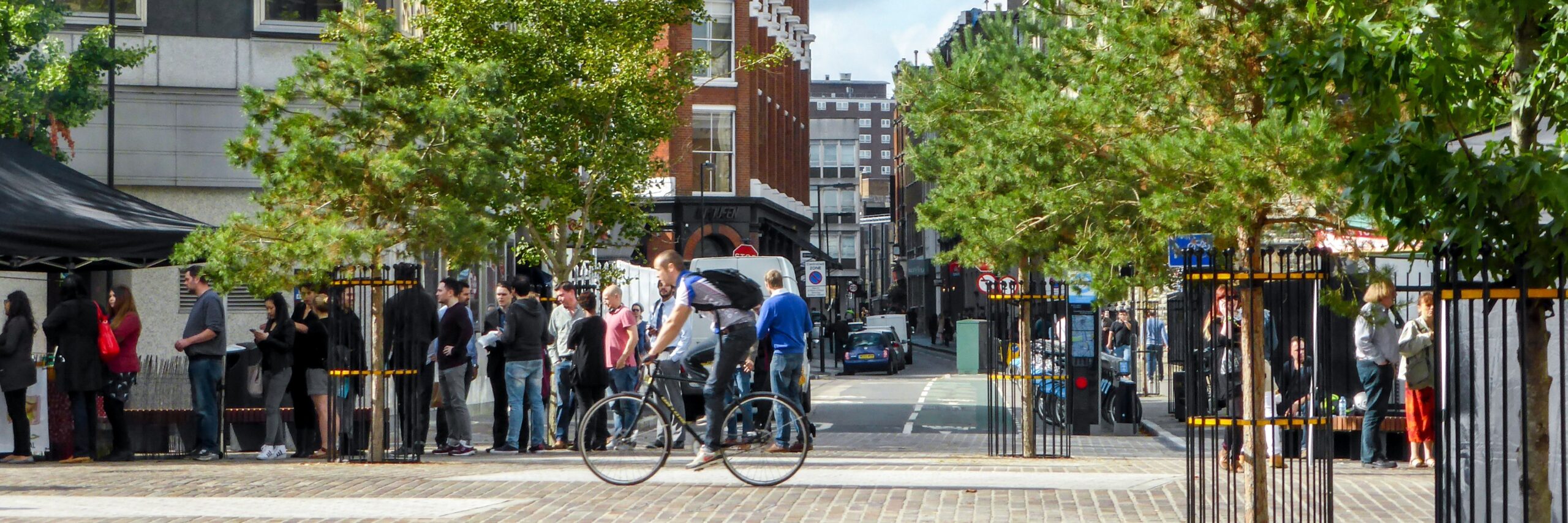
SUPPORT BELOW & ABOVE GROUND
During a tree’s establishment period, proper support is essential, both below and above ground.
Underground Support Systems
In the critical first years, young trees need stabilization while their root systems develop, particularly in windy urban corridors. Underground tree anchors are widely favored for urban areas as they are unobtrusive, safer than tree stakes, and promote stronger growth.

While conventional tree stakes can serve as an alternative, they are often left unmaintained, ultimately restricting growth and potentially damaging the very trees they were designed to protect.
Above-Ground Protection
The above-ground environment presents additional challenges for urban trees. Your planting location should inform your tree protection strategy—will your trees face pedestrian traffic, bicycles, maintenance equipment, or potential vandalism? Depending on site conditions, you may need to invest in tree grates, protective guards, or other defensive measures to ensure your young trees develop into the thriving canopy your urban space deserves.
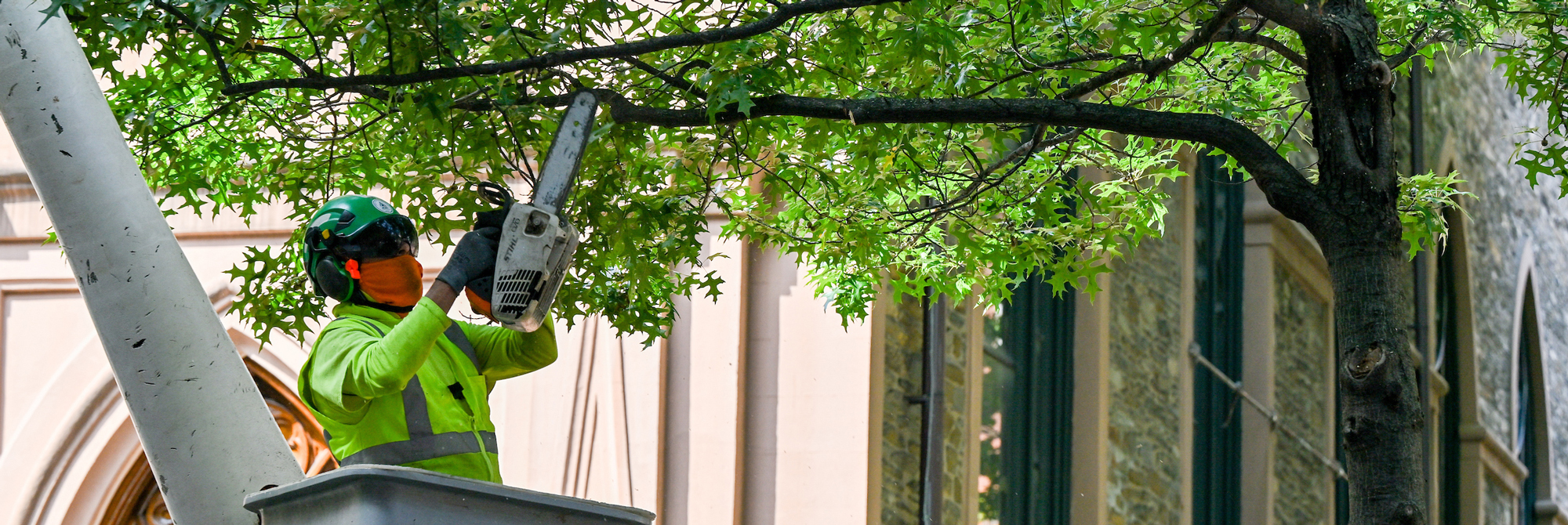
ONGOING MAINTENANCE
Develop a maintenance plan that ensures your green space’s long-term health and vitality. Regular upkeep, including pruning, weeding, and tree care, is essential to preserve its beauty and functionality.
Phase 1: The Critical Establishment years (0-3 years)
The foundation for a tree’s long-term success is laid in its first three years. During this vulnerable establishment period, your maintenance program must prioritize:
- Watering – Trees can suffer permanent damage from even brief drought periods. Don’t wait for visible wilting or leaf curling—by then, significant damage has already occurred. Ensure watering is proactive and applied deeply enough to be beneficial. The watering should be gradually phased out over three years to encourage the tree to establish its own root system in relation to existing groundwater conditions.
- Weeding & Mulching – competition for scarce water between trees and weeds can be intense. Maintain a weed-free zone around each trunk and apply a 2-3 inch organic mulch layer (kept away from the trunk) to conserve moisture and improve soil conditions. This buffer also prevents damage from maintenance equipment.
- Minimal Pruning – Limit early pruning to removing only dead, damaged, or crossing branches. Focus on developing a strong central leader without removing more than 25% of the canopy annually.
- Regular inspections can catch problems before they become critical. Check anchoring systems or loosen ties as trunks expand (removing them entirely by year three to prevent girdling). Watch for early signs of nutrient deficiencies or pest issues. Prompt intervention at the first sign of trouble can save a struggling tree. Additionally, ensure irrigation and aeration systems remain clean and functional through annual maintenance.
Phase 2: The Growing Years (4-10 years)
As your tree transitions to semi-maturity, maintenance requirements typically decrease but remain important. Periodic assessments by qualified arborists can identify subtle issues before they become serious problems.
- Structural Pruning – Focus on crown raising for clearance requirements and developing proper structure for long-term stability.
- Soil Management – Monitor soil health through periodic testing and address compaction issues in high-traffic areas.
- Pest and Disease Monitoring – Implement regular inspections and integrated pest management approaches that prioritize tree health over chemical treatments.
- Infrastructure Adjustments – Modify or remove protective devices as needed to prevent restrictions to growth.
Phase 3: The Mature Tree (10+ Years)
A fully mature tree becomes a valuable asset to the urban environment:
Maintenance becomes more specialized but remains minimal if earlier phases were handled properly.
- Focus on periodic deadwood removal, risk assessment, and protection of the critical root zone during nearby construction or repairs.
- Consider engaging certified arborists for specialized care and monitoring for signs of decline that might indicate underlying issues.
With proper maintenance through each growth phase, your urban trees will provide maximum environmental, social, and economic benefits for generations.

FINAL CONSIDERATIONS
Investing time in proper planning and design for urban trees requires effort upfront, but the return on investment is substantial. Learn more about urban tree ROI.
The statistics speak for themselves—only 50% of improperly planted urban trees survive to their 10th birthday. We can dramatically improve these outcomes through informed design choices and thoughtful planning.
This three-part guide (view parts one and two here) provides a solid foundation for enhancing your tree planting success. By implementing these principles, you’ll create healthier, longer-lasting urban forests that deliver maximum benefits to your community.
Ready to Take the Next Step?
For additional resources and guidance, explore our resource centre. At GreenBlue Urban, we base our recommendations on both rigorous research and extensive field experience. We’re committed to providing honest, project-specific advice tailored to your unique circumstances.
Every urban site presents different challenges—we’re here to help you navigate them. Contact us with your specific project design questions and discover how our expertise can support your urban forestry goals.

